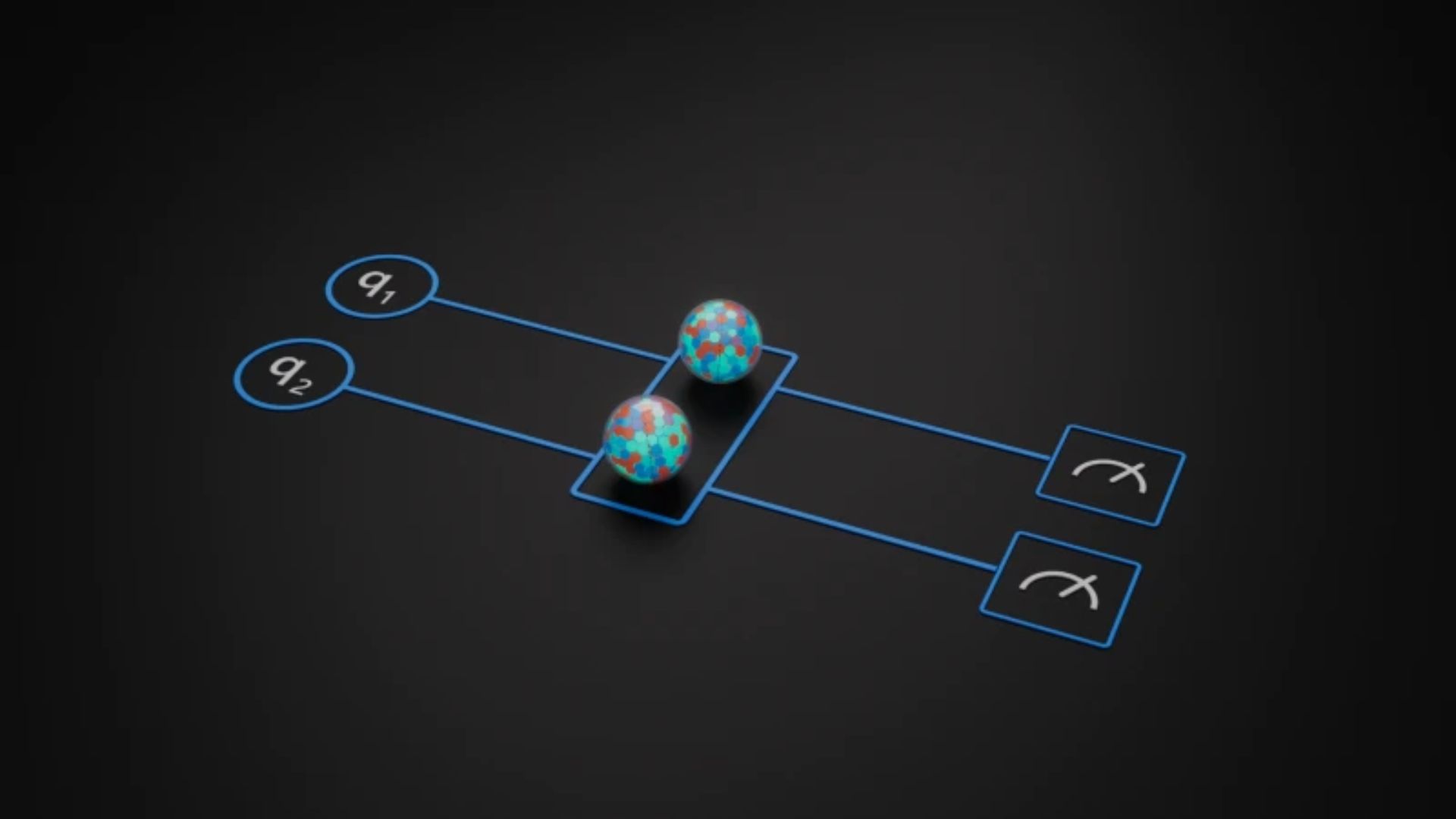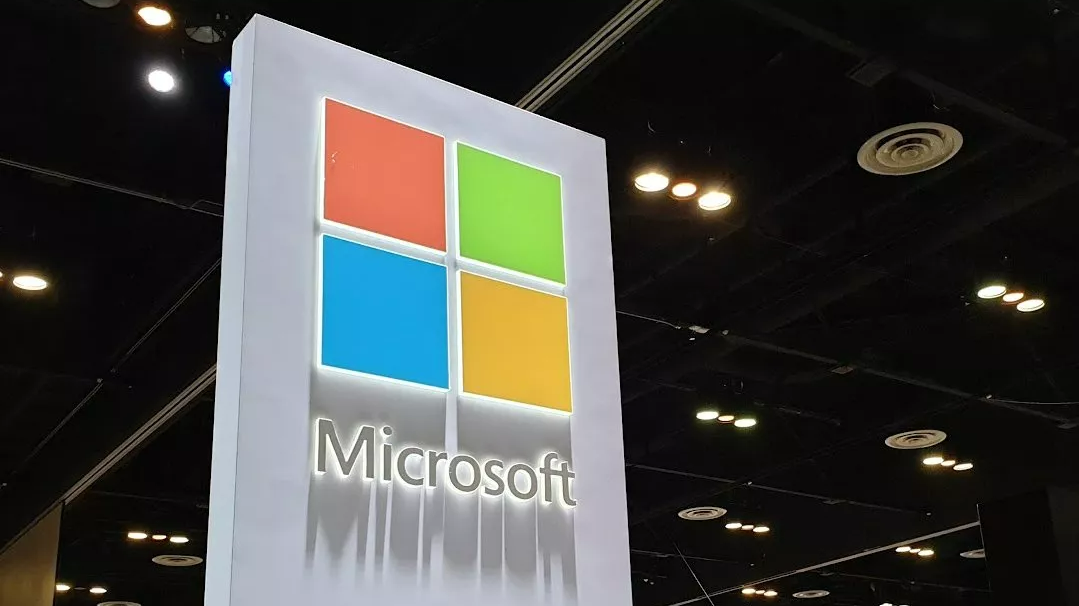"What we did here gives me goosebumps. We have shown that error correction is repeatable, it is working, and it is reliable": Microsoft and Quantinuum scale new heights in quantum computing and error correction
Microsoft and Quantinuum made a significant leap in quantum computing and error correction with logical qubits and ion-trap hardware. Here's why it matters.

What you need to know
- Microsoft and Quantinuum recently hit a breakthrough in quantum computing.
- Researchers ran over 14,000 experiments without encountering a single error, courtesy of Quantinuum's ion-trap hardware and Microsoft's new qubit-virtualization system.
- Quantinuum also attributes part of the success to its hardware, claiming it is best suited for new experiments because it has a firm grasp and control over qubits.
Microsoft is on the verge of a major quantum computing breakthrough in collaboration with Quantinuum. In a recent announcement, the tech giant indicated that it ran more than 14,000 experiments without encountering a single error.
The company attributes this to Quantinuum’s ion-trap hardware alongside its new qubit-virtualization system. It unlocked this impressive feat because the system allows the team to check logical qubits, thus presenting an opportunity to correct any errors without affecting the progress.
The researchers behind the breakthrough spread the quantum information across groups of connected quantum bits to form logic qubits. Per the report, the team used 30 qubits to make four logical qubits. It was through this process that the team was able to run countless experiments without encountering any errors.

According to the Engineer and VP of Quantum Computing at Microsoft, Krysta Svore:
"What we did here gives me goosebumps. We have shown that error correction is repeatable, it is working and it is reliable."
Admittedly, conventional computers are great at most tasks but often fall short of super complex ones. While quantum computers aren't a new phenomenon, reliability has remained a significant issue since they are prone to errors. Implementing elaborate measures to help identify and solve these issues without negatively impacting the computation process is complex.
But with Microsoft and Quantinuum's new state-of-the-art quantum computing system, we might be well past the era of noisy intermediate-scale quantum (NISQ) computers. A plausible alternative would be coding error correction into programs by backing up the information being stored. The only challenge is that quantum computing information can't be copied.
All the latest news, reviews, and guides for Windows and Xbox diehards.
The researchers consider the breakthrough a great success after showing 0.125 percent of the errors. But even so, this only occurred when the logical qubits were ungrouped. Quantinuum says its hardware is best suited for new experiments because it has a firm grasp and control over qubits. This outcome is on top of the fact that its quantum computer already features the lowest error rates achievable.
While this is a clear step in the right direction for quantum computing, it isn't necessarily a one-size-fits-all situation. Still, several issues are riddling the process, including quantum decoherence, scalability, etc.

Kevin Okemwa is a seasoned tech journalist based in Nairobi, Kenya with lots of experience covering the latest trends and developments in the industry at Windows Central. With a passion for innovation and a keen eye for detail, he has written for leading publications such as OnMSFT, MakeUseOf, and Windows Report, providing insightful analysis and breaking news on everything revolving around the Microsoft ecosystem. While AFK and not busy following the ever-emerging trends in tech, you can find him exploring the world or listening to music.
